What homes look like in the world’s most populous cities
How people live in the world's busiest cities
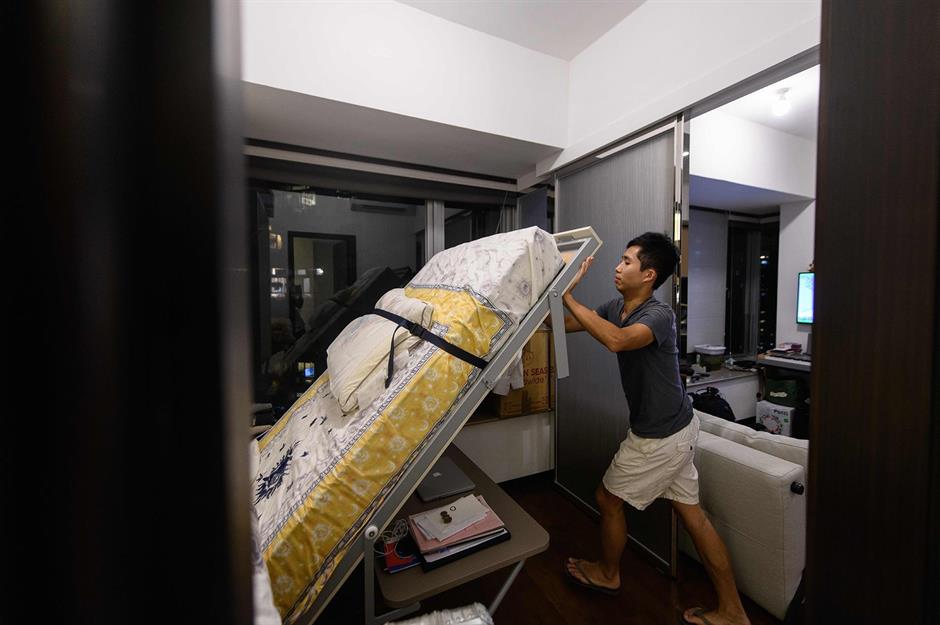
Millions of people are drawn in by the allure of a bustling city, whether it’s for work, family, or a faster pace of life.
But many of the world’s cities are densely populated*, which puts a strain on available accommodation, both in terms of cost and the physical squeeze of more and more people living in a limited space.
Click or scroll through to take a deep dive into the property situation in 14 cities around the world, including some with the highest populations across the globe...
*Data from the World Population Review is accurate at the time of publishing
Melbourne, Australia: home to 5.3 million people

There is a serious lack of housing for some of the 5.3 million people in Australia’s most populous city, which has a housing deficit of around 9,000 new dwellings a year, according to research released by the Property Council of Australia.
Things are only set to get worse in Melbourne, as projections from the Victoria state government reveal that the city is expected to see an additional eight million people move in by the 2050s.
Melbourne, Australia: empty houses

Melbourne has a huge number of empty properties. One in 20 properties in the city were vacant between 2019 and 2023, according to a vacancy report by the non-profit Prosper Australia.
The organisation said the volume of vacant homes could house everybody on Victoria's public housing waiting list twice over if properly utilised.
Apartment living has become increasingly popular in Melbourne, but according to Australian Apartment Advocacy, as many as 60% of new apartments have construction flaws, such as cracked foundations, balcony defects, and flammable cladding.
Singapore: home to 6.1 million people
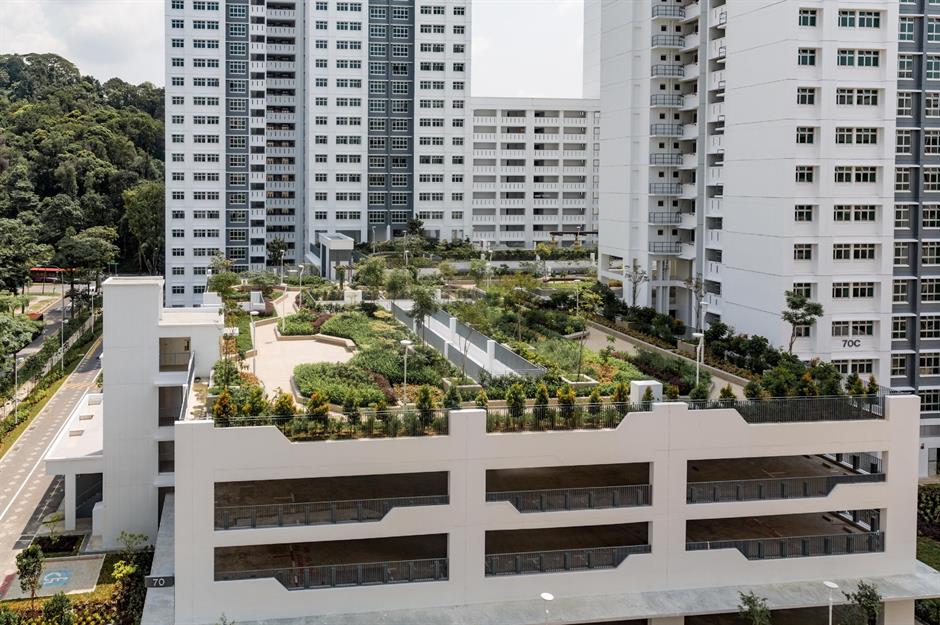
As the smallest country by surface area in South East Asia, it’s no surprise that around four-fifths of Singapore’s population of 6.1 million people live in high-rise apartments.
The Housing and Development Board (HDB) is the country’s national public housing authority, and it was introduced in February 1960 to address the severe housing shortage.
But these subsidised apartments aren’t necessarily what you would imagine when you think of social housing in many countries. For example, this apartment block comes with a pool and a children’s playground.
Singapore: subsidised living

Most social housing flats in Singapore are simple, with a more industrial than homely feel. Around 90% of HDB residents own their homes, aided by subsidies and grants, including one for those who live near their parents.
Despite government support, housing is costly: the median HDB flat costs about $461,000 (£353k), according to a 2024 Urban Land Institute study.
At the other end of the spectrum, Singapore, ranked the world’s fourth-wealthiest city, home to 30 billionaires and nearly 245,000 millionaires, boasts exclusive “Good Class Bungalows” in 39 enclaves, each on plots of at least 15,069 square feet (1,400sqm).
Toronto, Canada: home to 6.5 million people
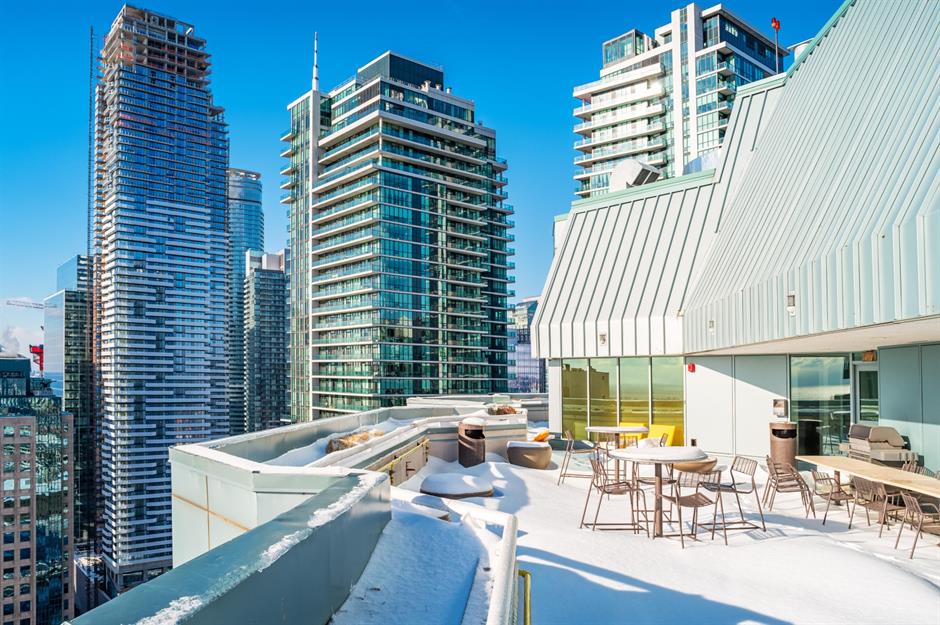
Accommodation in Toronto has skyrocketed in recent years, with house prices growing more than four times faster than income and rent prices growing even quicker, according to the community non-profit the Toronto Foundation.
Luxurious new condos have been built, but these remain out of reach for most residents. In 2019, official statistics showed there had been a 69% increase in sheltered homeless people in the city over the previous five years.
Toronto, Canada: million-dollar properties
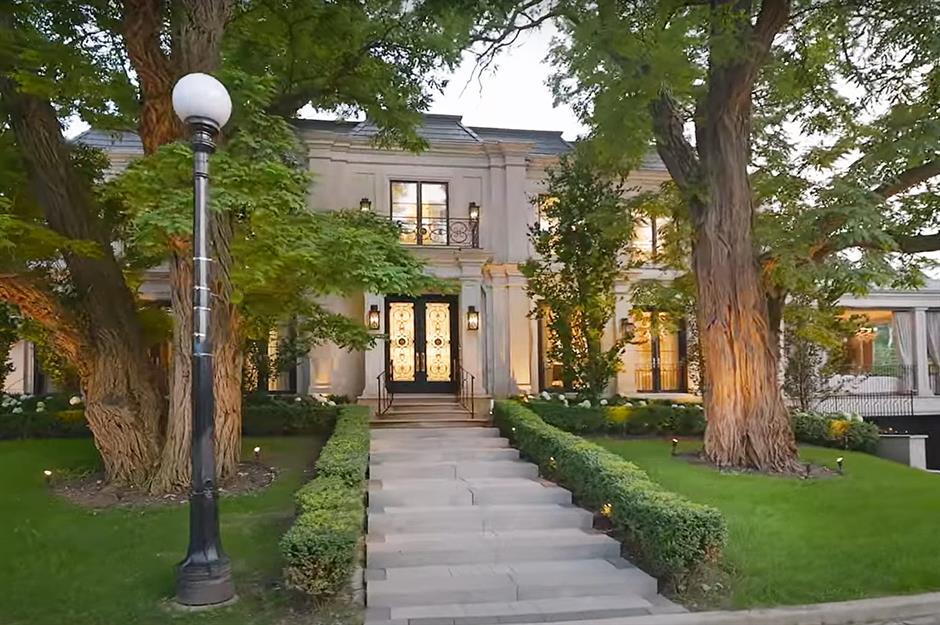
Most people in Toronto live in apartments, but they tend to be slightly more cramped than the spacious living quarters owned by the city’s wealthiest.
This compact studio apartment was on the market in April 2022 for CAD$290,000 ($210k/£161k). A YouTube tour filmed by a local realtor shows the tiny unit features a single main living space with a kitchenette, dining table, desk and sofa bed, along with a self-contained bathroom.
In leafy neighbourhoods like South Hill, gorgeous mansion properties sell for millions and offer incredible luxury in the city. Toronto houses more than 100,000 millionaires and 195 centi-millionaires, according to Henley & Partners' World’s Wealthiest Cities Report 2024.
Madrid, Spain: home to 6.8 million people
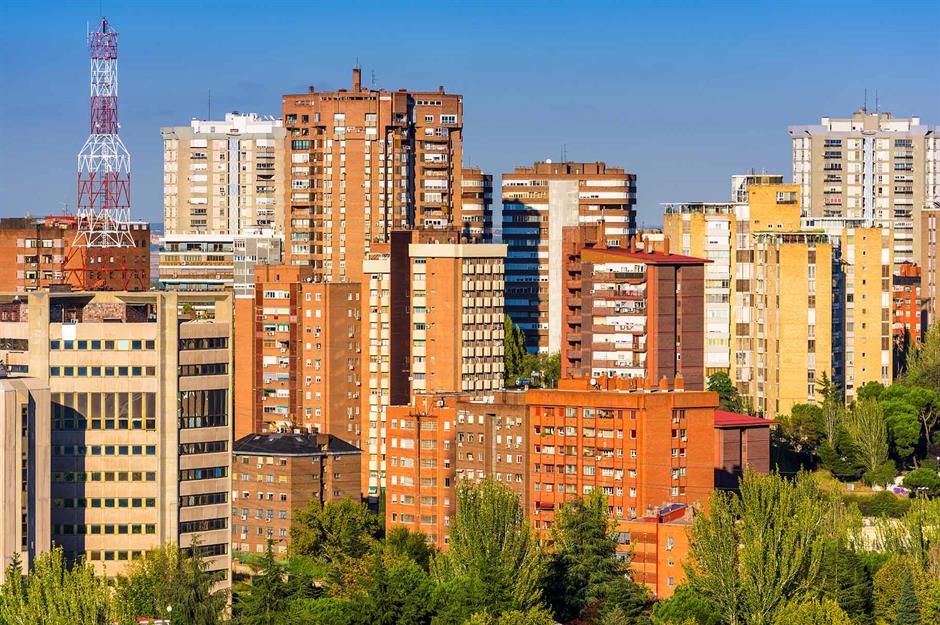
Madrid is a hugely popular holiday destination, pushing house prices up for the 6.8 million people living in the city. The number of short-term rentals has become such an issue that in July 2024, the Spanish government announced a crackdown on holiday lettings to try and address the housing crisis. But for those who can afford it, there’s no lack of luxury properties on offer in Madrid.
According to global realtors Coldwell Banker, the average price of homes in the Spanish city was €417 ($455/£349) per square foot or €4,493 ($4.9k/£3.7k) per square metre as of September 2024. Meanwhile, rental platform HousingAnywhere's 2024 Rent Index puts the median rent for an apartment in Madrid at €1,494 ($1.6k/£1.3k).
Madrid, Spain: widespread evictions
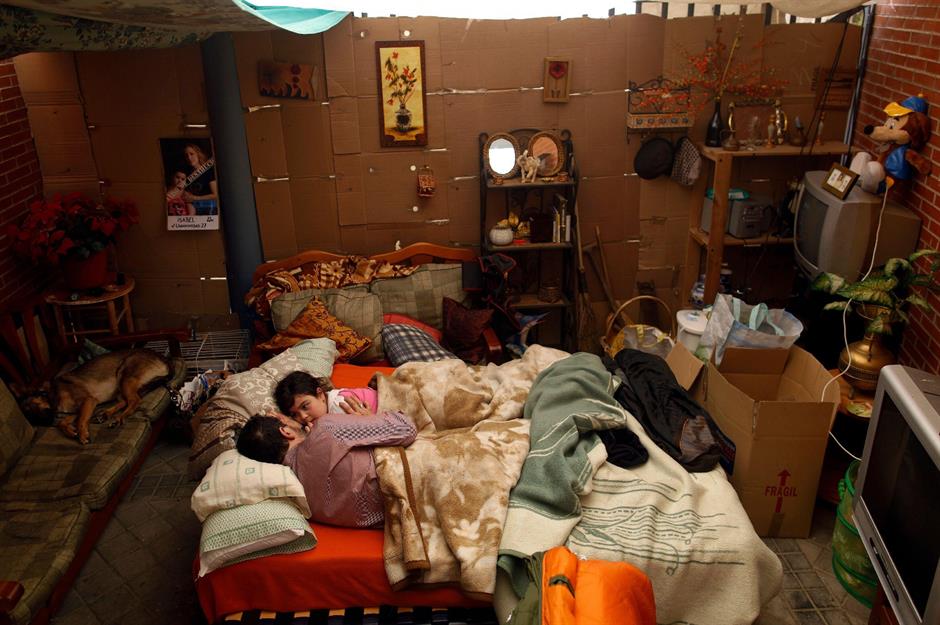
After the 2008 crash, Madrid saw mass evictions as families lost their social housing to foreclosures. Campaigners such as the Platform for People Affected by Mortgages (PAH) blocked over 1,600 evictions between 2009 and 2016, yet many residents still rely on temporary accommodation.
On the city’s edge lies Cañada Real, Europe’s largest unregulated settlement, stretching 14km and home to around 8,000 people. Formed in the 1950s, it remains without proper infrastructure, and two sectors have had no electricity since 2020, highlighting Madrid’s ongoing housing crisis.
Hong Kong: home to 7.7 million people
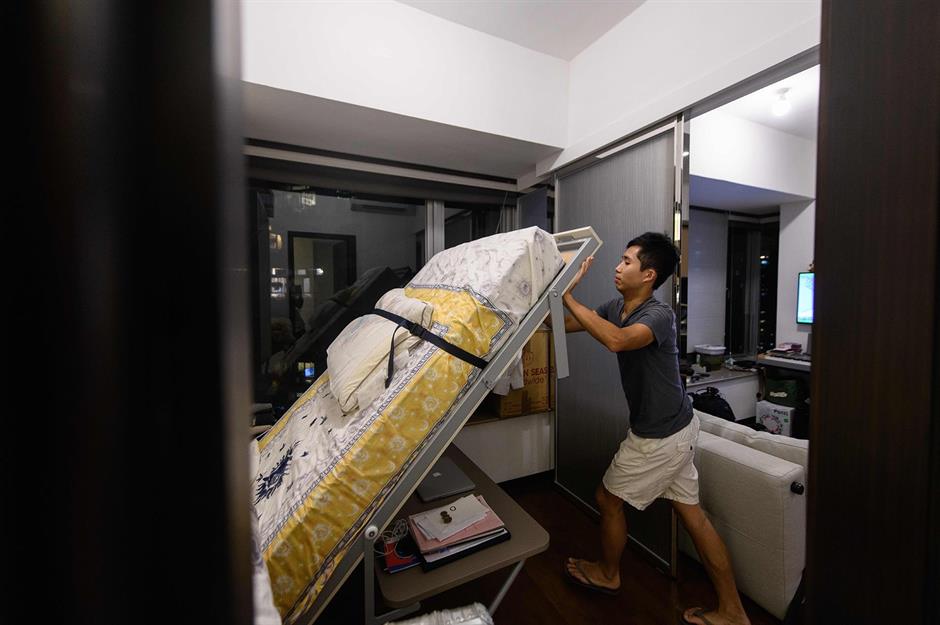
Hong Kong is one of the wealthiest cities in the world and one of the most expensive. The tiny coastal region has a population of 7.7 million, which means that for some residents, the living arrangements are a tight squeeze. People often live together to cut costs in this space-starved city, with co-living becoming standard practice, while others come up with more inventive solutions.
For example, the 'nano-apartment' is a well-established concept in Hong Kong, particularly among young professionals wanting to live in the city but without endless money to do so. Pictured here, Adrian Law lives in Sai Ying Pun, a gentrified neighbourhood in the region. He bought this apartment in 2020 at a cost of more than HK$5.9 million ($760k/£583k).
Hong Kong: cage homes
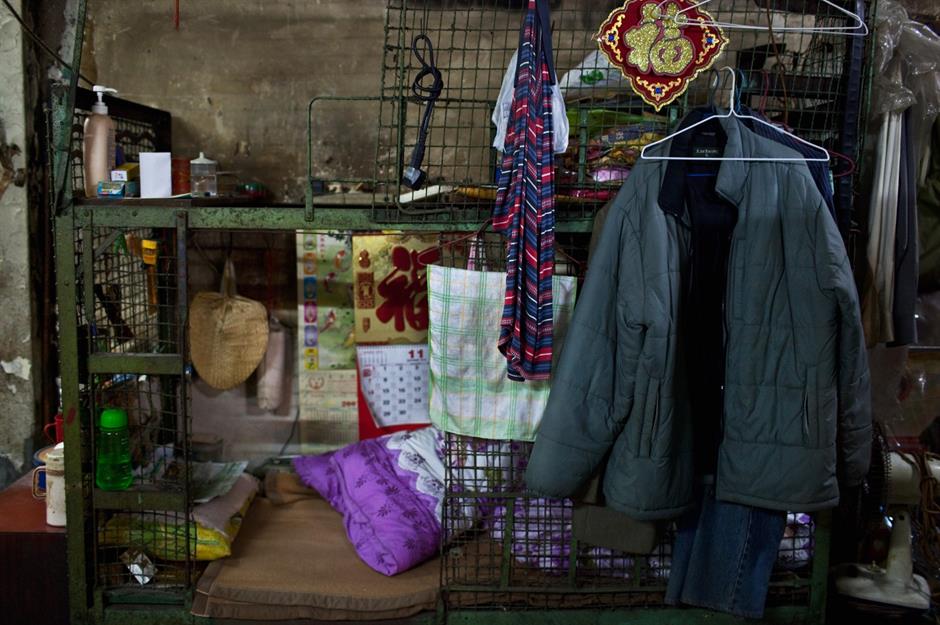
Hong Kong’s working class bears the brunt of soaring property prices, with many forced into tiny rentals known as “cage homes”, 15-square-foot (1.4sqm) cubicles crammed with belongings and barely enough space to sleep.
Others live in so‑called “coffin homes”, subdivided flats with little light or room, yet still costing hundreds each month.
By contrast, the wealthy retreat to hillside mansions, where space comes at a premium: in 2024, property averaged HK$23,554 (£2,300) per square metre, or HK$22,730 (£2,187) per square foot according to Global Property Guide.
New York City, United States: home to 7.9 million people
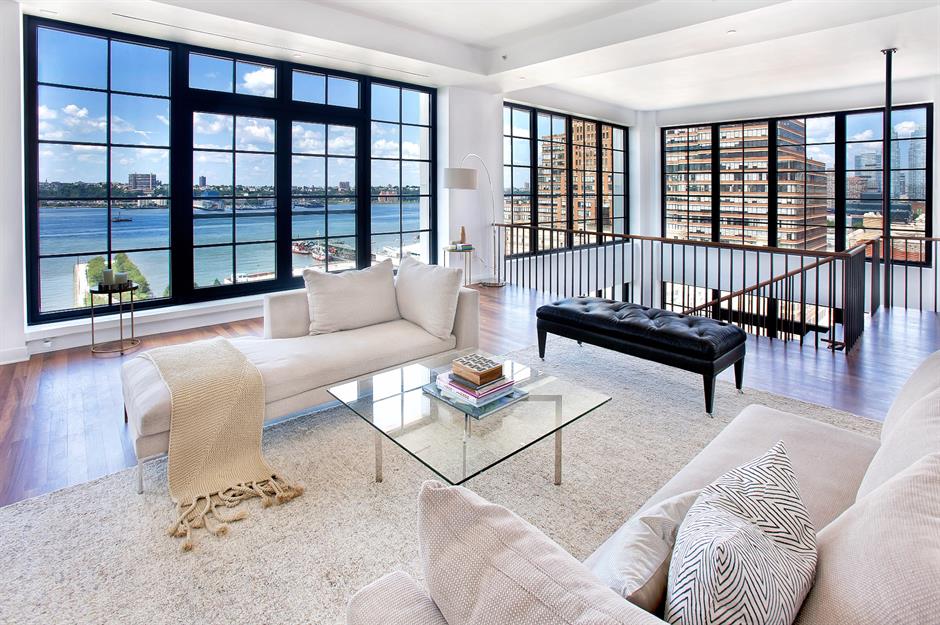
The Big Apple is known for its high-rises, many of which are home to swathes of New Yorkers, for a hefty sum. The city's median monthly rent reached $3,700 (£2.8k) in May 2024, according to The New York Times, while Zillow data reveals the median house sale price was just over $714,000 (£547k) in August 2024.
It's no surprise that NYC has a total of around 60 billionaires and 349,500 millionaires, more than any other city in the world, according to the World’s Wealthiest Cities Report 2024.
This penthouse on Manhattan’s Eleventh Avenue shows the luxuries only the most privileged can afford.
New York City, United States: tiny city living
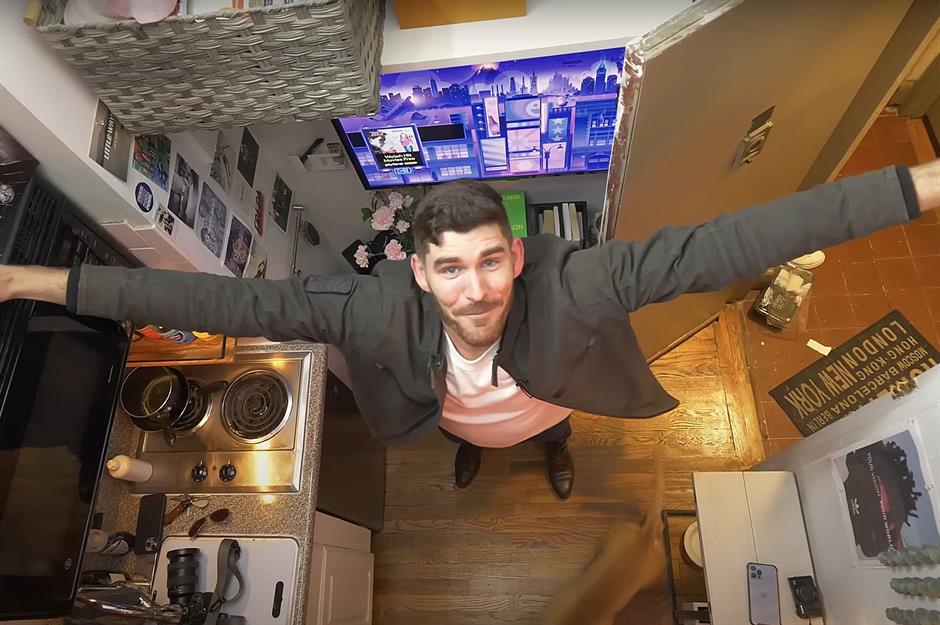
In January 2024, a micro-apartment in New York City went viral for its slim square footage and its less-than-tiny rental cost of just under $2,000 (£1.5k) a month. The space includes a sink, fridge, and small wardrobe space, but the bathroom is outside in the hallway and is shared with neighbouring units.
In October 2022, YouTuber Erik Van Conover (pictured) shared a tour of what he described as Manhattan's cheapest apartment, which cost $650 (£498) a month in rent at the time of filming. The unit measures a minuscule 82 inches (208cm) by 110 inches (279cm), with the owner affectionately referring to the space as their "walk-in closet".
London, United Kingdom: home to 9.8 million people
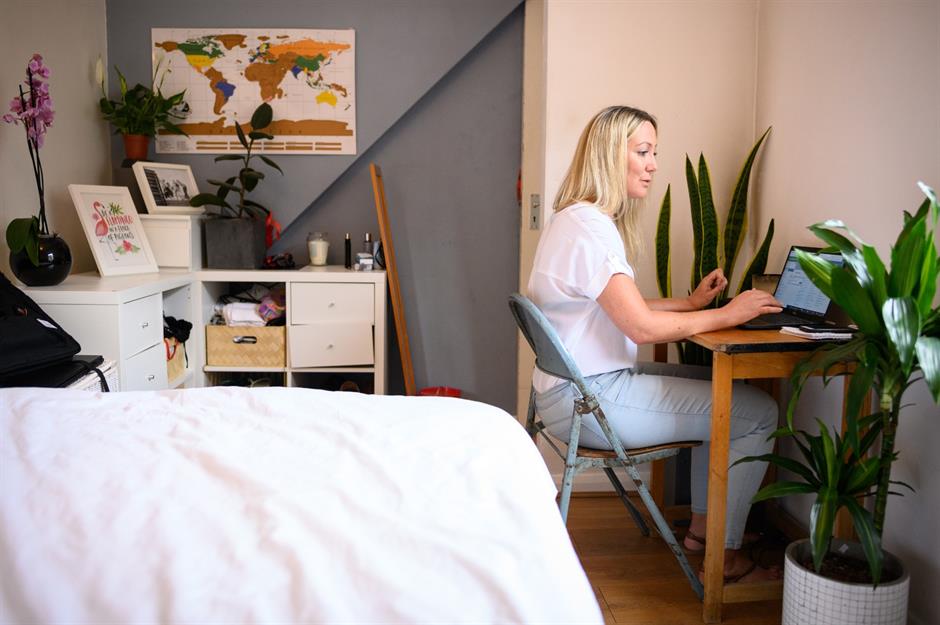
Purchasing a home in the densely populated UK capital of London set buyers back around $902,000 (£691k) on average in 2024, leaving many of its population of 9.8 million unable to get on the property ladder. Meanwhile, the rental market is so overpriced that even high earners find it challenging to afford a place of their own, making shared accommodation commonplace.
Property search site Zoopla reported that the average rent in April 2024 was $2,741 (£2.1k) per month.
What's more, the UK was named the work-from-home capital of Europe in 2023, so for many Londoners, their compact living spaces work double-time as makeshift offices too.
London, United Kingdom: sheltered family housing
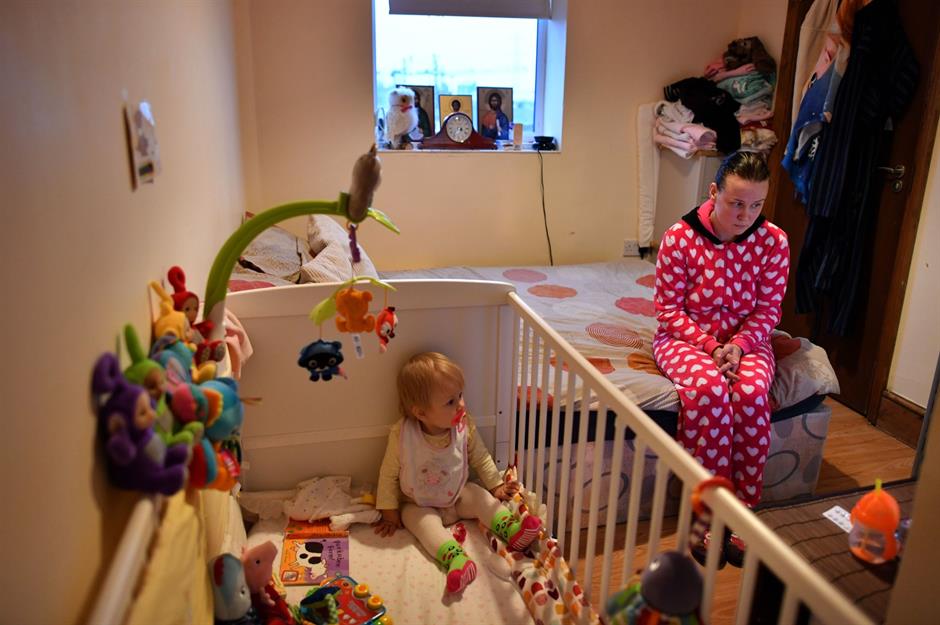
Studio apartments are not uncommon in London, keeping everything rather cosy in one living area. One microflat hit the headlines in February 2022 when it was selling for $65,200 (£50k) and covered just 75 square feet (7sqm).
Some London families are in shared accommodation to make ends meet, living in sheltered housing built for parents who can’t afford to live alone with their children. Parents will often share a single bedroom with their children in buildings that were only ever meant to be temporary.
The properties were designed to be a stop-gap for families and other vulnerable people before they are placed in permanent social housing, but a lack of suitable homes has left some people living in the homes for much longer than anticipated.
Paris, France: home to 11.3 million people
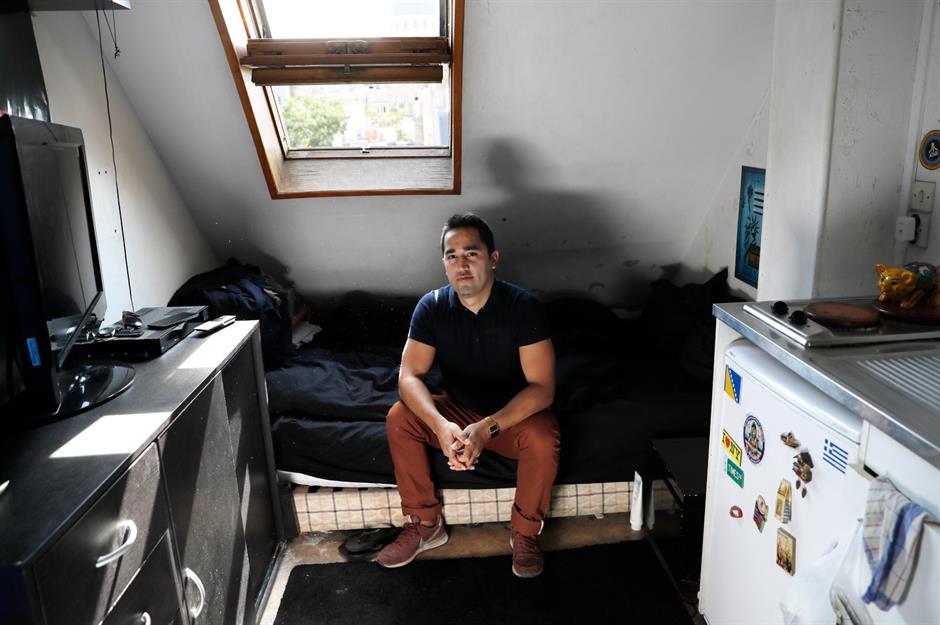
Paris has a big issue with small homes, with thousands of people living in accommodations that don't meet legal standards for minimum size.
In this photo, resident Ivan Lopez sits in his apartment, which stretches fewer than 75 square feet (7sqm), in the capital’s fifth district.
The legal requirement in France is that a single-occupancy home must be at least 97 square feet (9sqm) in floor space and with a ceiling height of at least 7.2 feet (2.2m).
This tiny space falls short of that, comprising a bed, a modest kitchen area, and a storage unit.
Paris, France: unusually small spaces
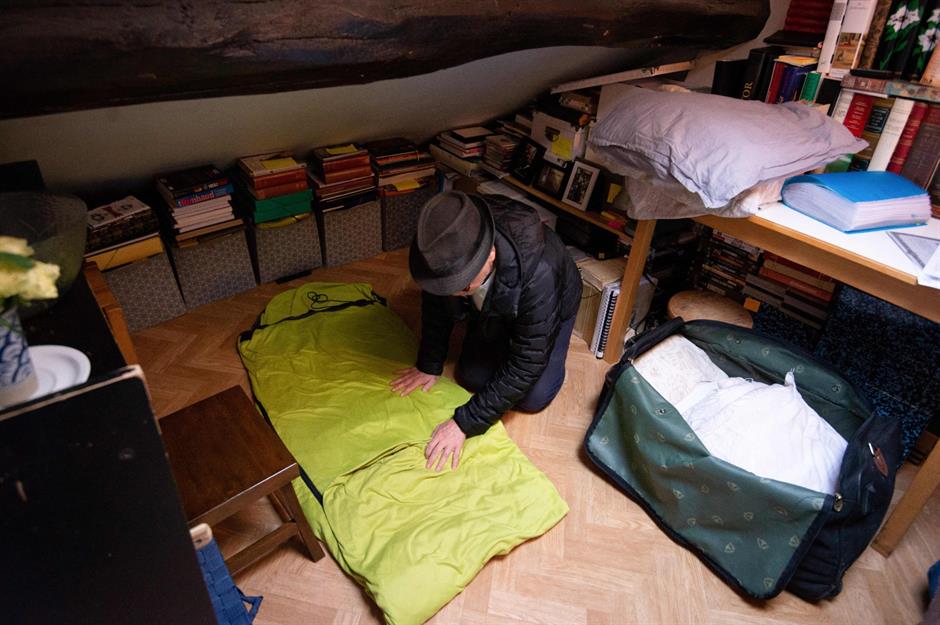
These cubby-hole living quarters can be found right across Paris. In this photo taken in September 2018, you can see that the low ceiling sits well below the 7.2-foot (2.2m) minimum. Legally, all spaces rented out for living purposes must also have a window, a separate bathroom, heating, a water system, and working drains and gutters.
One of the reasons behind these illegal spaces is the inordinate cost of property in the city. According to 2024 data, homes in Paris cost €882 ($962/£737) per square foot or €9,490 ($10.3k/£7.9k) per square metre.
Meanwhile, a family apartment costs a monthly average of €1,862 ($2k/£1.6k) to rent.
Mexico City, Mexico: home to 22.8 million people
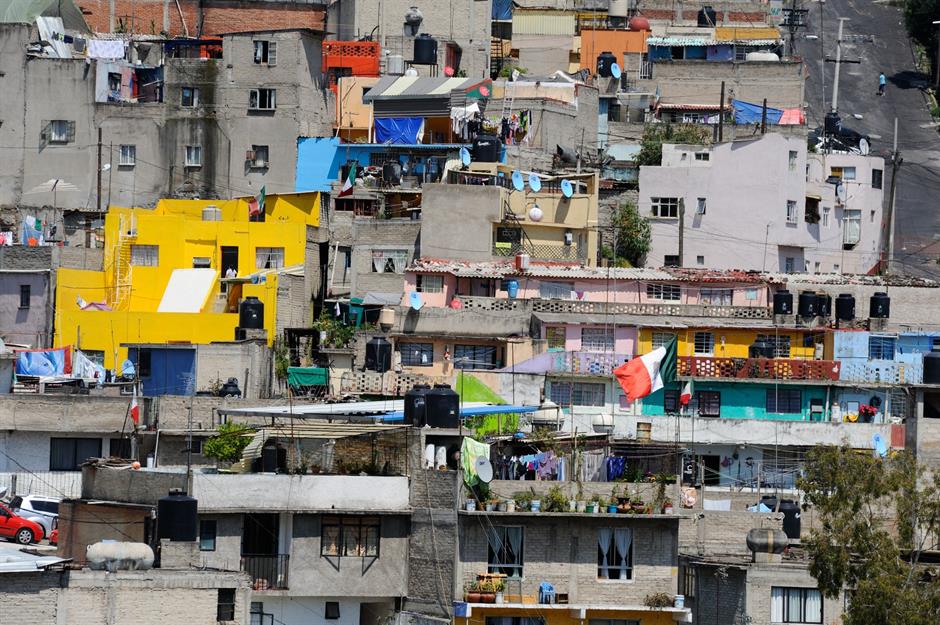
Informal settlements make up a lot of the housing options for people who are priced out of the market in Mexico City’s Metropolitan Area (MCMA). Research suggests it’s one of the biggest metropolitan regions globally, and that its population of 22.8 million is at huge risk of energy and transport poverty. Gentrification has hit the city hard, with prices for locals pushed up by foreign buyers and digital nomads who flock to the city.
According to data platform Statista, the average price for a property in Mexico City in the third quarter of 2023 was MEX$3.7 million ($191k/£146k), well above the means of many of the city's residents.
Mexico City, Mexico: precarious living
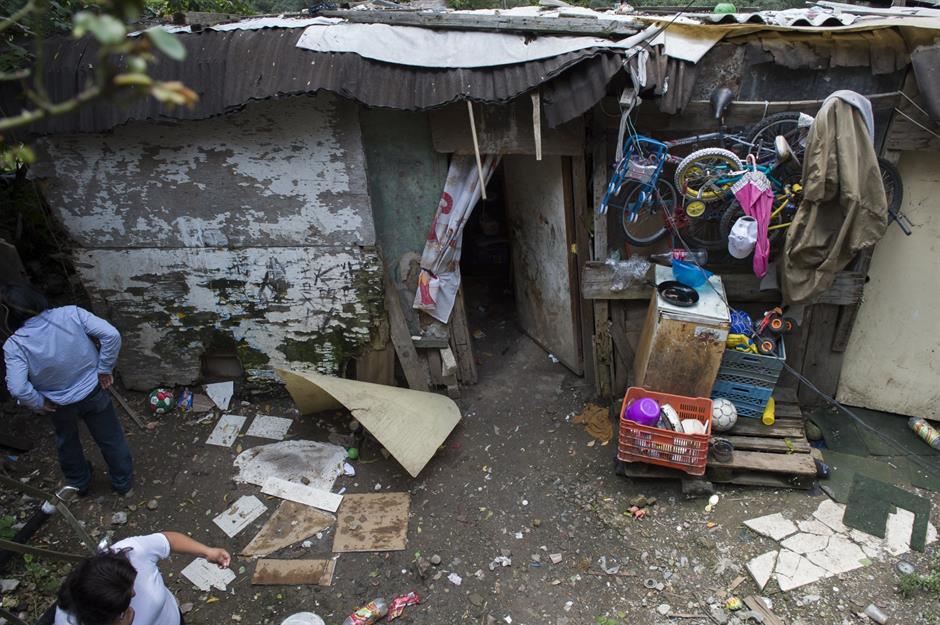
Makeshift housing is common among those struggling to make ends meet in Mexico City, with homes often constructed from scratch with whatever materials residents can get their hands on.
This house, for example, is predominantly made from gathered materials such as cardboard and scrap metal. Despite its small proportions, it accommodates an entire family.
Mexico's Federal Mortgage Association estimated that at least 11,000 new properties a year are required to address the issue, yet in 2023, only 1,701 homes were built, reports global newspaper El País, with only 12% of those being classified as affordable.
São Paulo, Brazil: home to 22.9 million people
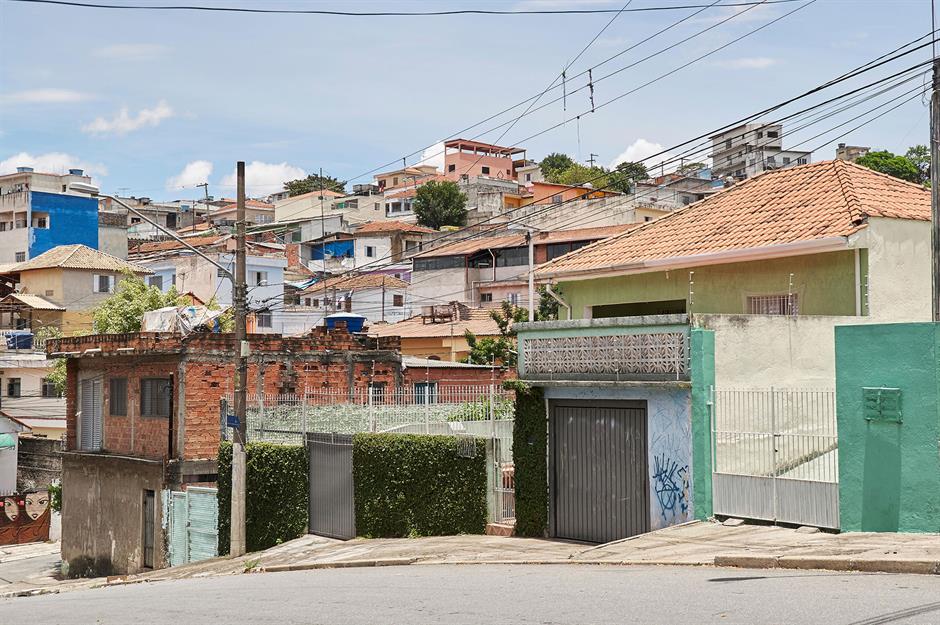
São Paulo, Brazil’s largest city with 22.9 million residents, faces a severe housing crisis. The deficit exceeds 1.1 million homes, and nearly 3.2 million dwellings are classed as inadequate.
Around 9.4% of the population lives in informal settlements, despite many properties lying vacant.
Families who occupy empty buildings illegally often face eviction and homelessness. Social movements continue to campaign for better housing for the city’s marginalised communities.
São Paulo, Brazil: inadequate accommodation

This mother and her son are pictured here in 2003 in what looks to be an abandoned property they have made into their home because of a lack of proper, liveable accommodation.
There are 588,978 homes without residents in São Paulo, while there are 48,261 people living on the streets, according to 2022 census data from the Brazilian Institute of Geography and Statistics.
According to data platform Statista, the average price of real estate in São Paulo in 2024 stands at R$910 ($162/£124) per square foot, the equivalent of R$9,800 ($1.8k/£1.3k) per square metre. The steep cost of property is a barrier to homeownership for many residents.
Shanghai, China: home to 30.5 million people
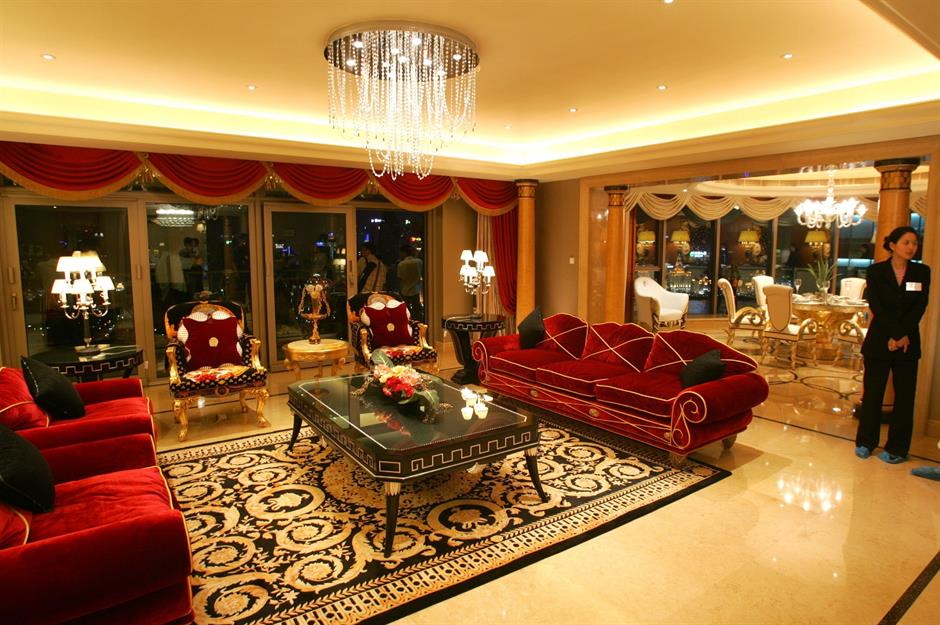
China's largest city, Shanghai is home to around 30.5 million people. The global financial hub is a popular spot for international expats, which means some of its property is seriously high-end.
For example, this high-rise home was part of one of the city’s most expensive apartment projects of all time in 2006, with units priced from CN¥38 million ($5.3m/£4m).
The décor matches the price tag, with plush crimson upholstery, elaborate light fittings, and a majestic cream and gold dining table suitable for the most prestigious of guests.
Shanghai, China: bed leasing
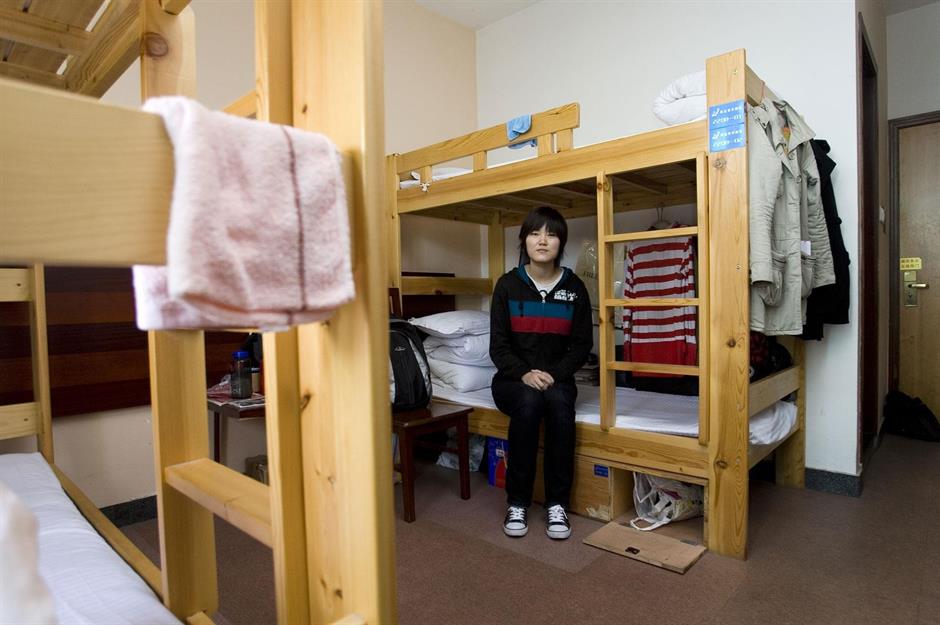
Many low-income migrants who travel to the city for work have to resort to extreme sharing, often leasing a bed in a room with several others. Pictured here, Jiang Ye paid CN¥810 ($114/£87) a month in 2010 to rent this bed and use it to store her belongings.
Many flats are illegally sublet, and though the government tries to curb it, the unregulated market is hard to control and often shelters those with nowhere else to go. It's no surprise that illegal housing is in demand, given the extortionate cost of property in the city.
According to the newspaper South China Morning Post, the average price of sold homes as of March 2024 stood at CH¥5,484 per square foot ($771/£589) or CH¥59,030 ($8.3k/£6.3k) per square metre.
Delhi, India: home to 34.6 million people
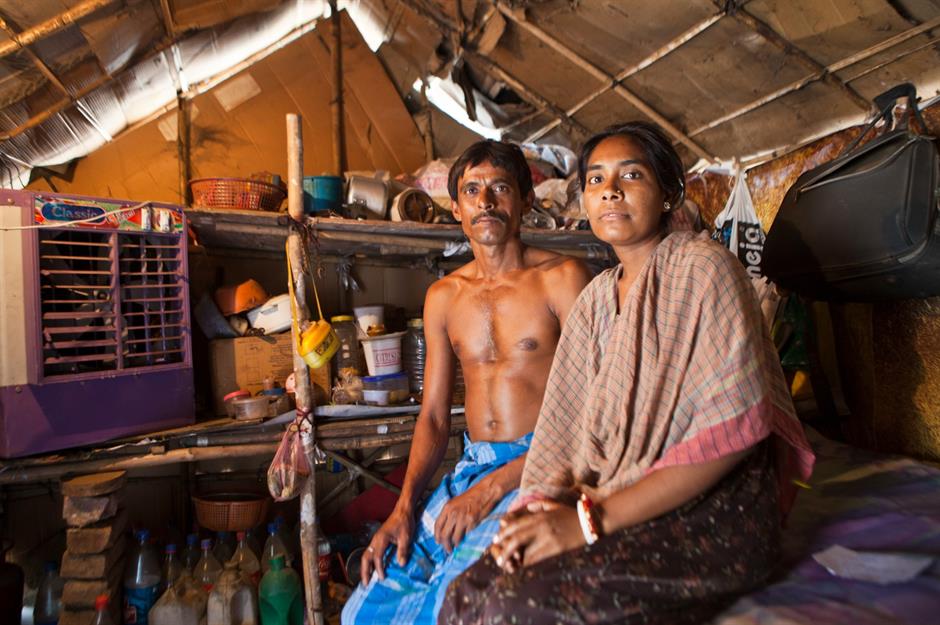
The second most populous city in the world, with a population of 34.6 million, the vibrant Indian capital of Delhi has a huge housing crisis. The dream of homeownership has become increasingly elusive for the city's lower and even middle classes.
Many residents resort to living in run-down parts of the city, where substandard homes like this in the Tehkand Slum are often constructed from materials such as wooden sticks and cardboard.
There is little access to basic resources such as clean water and sanitation facilities, and the cramped conditions often mean that diseases can run rampant.
Delhi, India: cramped family homes
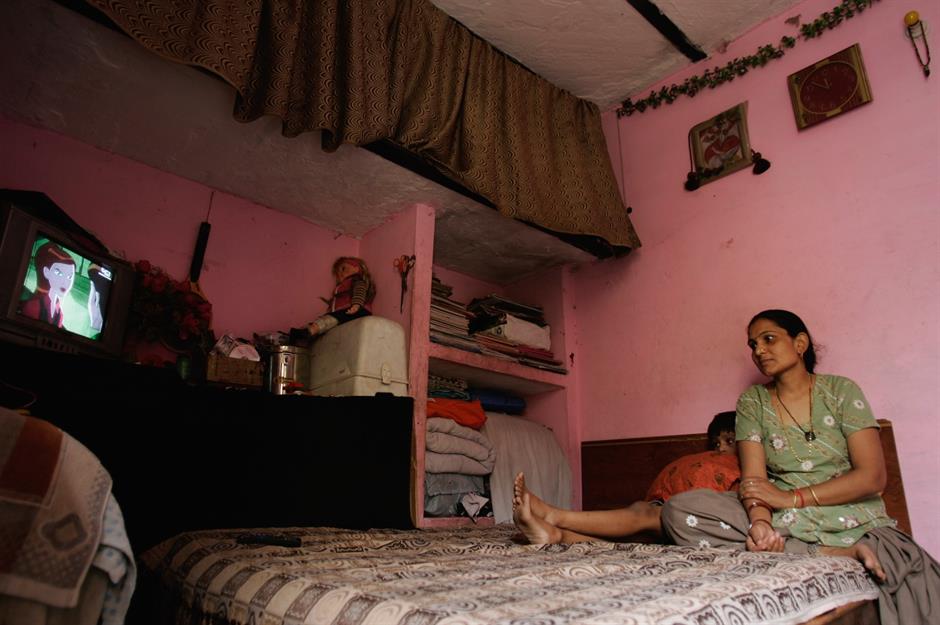
In New Delhi, many families crowd into small homes shared by several relatives. In 2011, for instance, Suman and her son shared a single bedroom with four others.
The city’s Economic Survey (2020–21) reported over 6.7 million people living in poor housing across low‑income settlements in the southern half of the capital. Government schemes aim to expand housing but often demolish temporary settlements in “beautification” drives, leaving residents displaced.
An affordable housing shortage continues to drive up costs. Average property prices are ₹18,303 ($218/£166) per square foot, or ₹197,016 ($2.3k/£1.8k) per square metre, according to Numbeo. Central rents average ₹2,114 ($25/£19) per square foot per month, or ₹22,751 ($270/£207) per square metre.
Tokyo, Japan: home to 37 million people
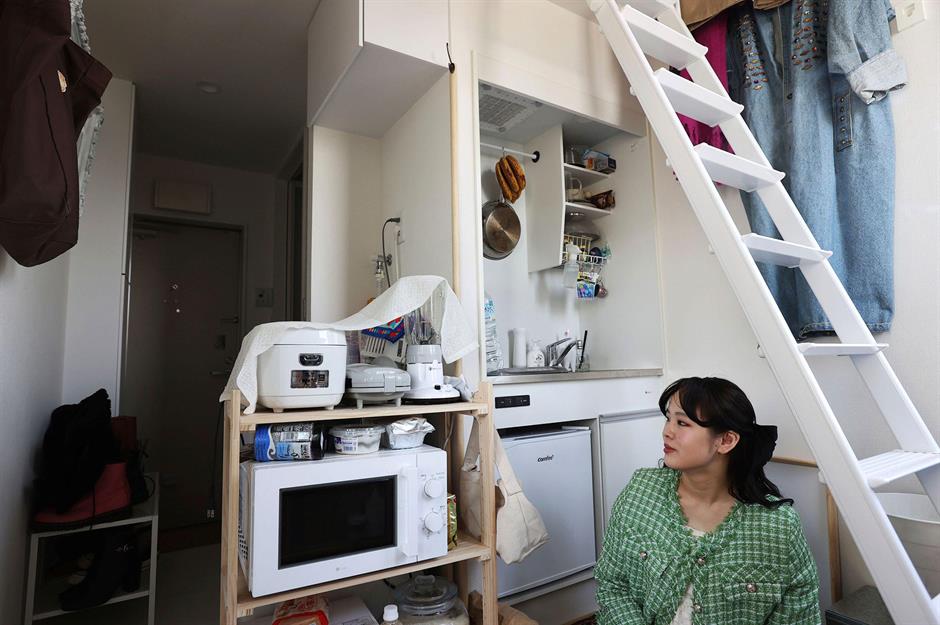
Home to 37 million people, Tokyo is the world's most crowded city and has developed a reputation for its efficient, tiny living solutions. The average apartment in Tokyo measures approximately 709 square feet (65.9sqm), according to Japan’s House and Land Survey released in 2019.
Yet more than 1.4 million apartments are smaller than 212 square feet (19.7sqm).
This type of apartment (pictured) in Adachi ward, which measures 107 square feet (10sqm), is particularly popular with young professionals looking for a home in Tokyo's most expensive neighbourhoods.
Tokyo, Japan: capsule apartments
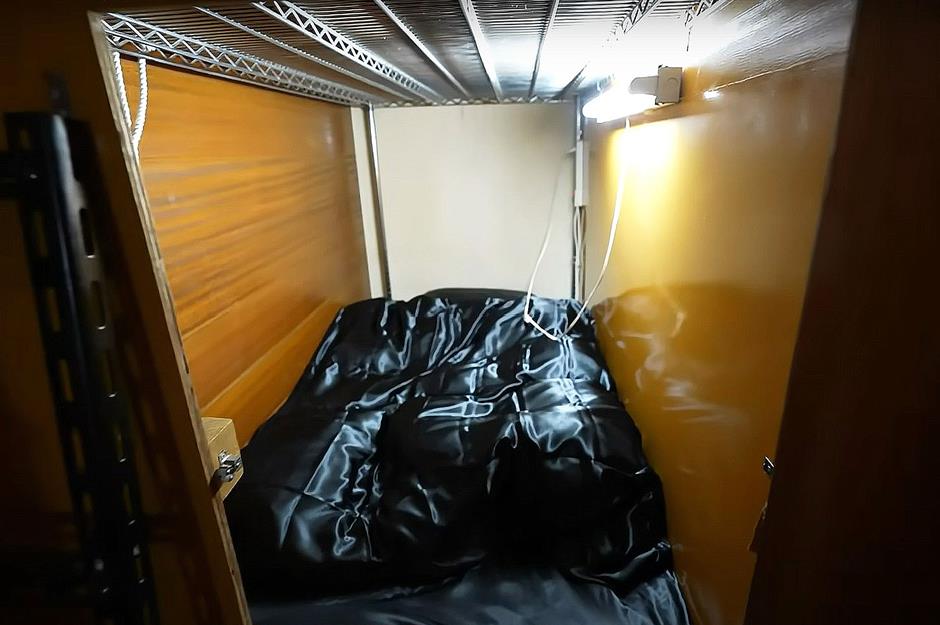
Japan is famous for unusual housing. Tourists in Tokyo often book capsule hotels for cheap pod beds, but some residents rely on capsule apartments as the most affordable long‑term option.
YouTuber Norm Nakamura Tokyo Lens filmed one such unit: at $200 (£153) a month, it offers a sleeping pod with ceiling rails for storage, plenty of sockets, and shared kitchen, lounge, and bathroom facilities.
With an 800‑square‑foot (74sqm) flat in Tokyo costing around JP¥70m ($469k/£358k) in 2024, and average rent at JP¥235,000 ($1.6k/£1.2k), it’s clear why many turn to alternatives.
Loved this? Discover more fascinating real estate stories from across the globe
Comments
Be the first to comment
Do you want to comment on this article? You need to be signed in for this feature